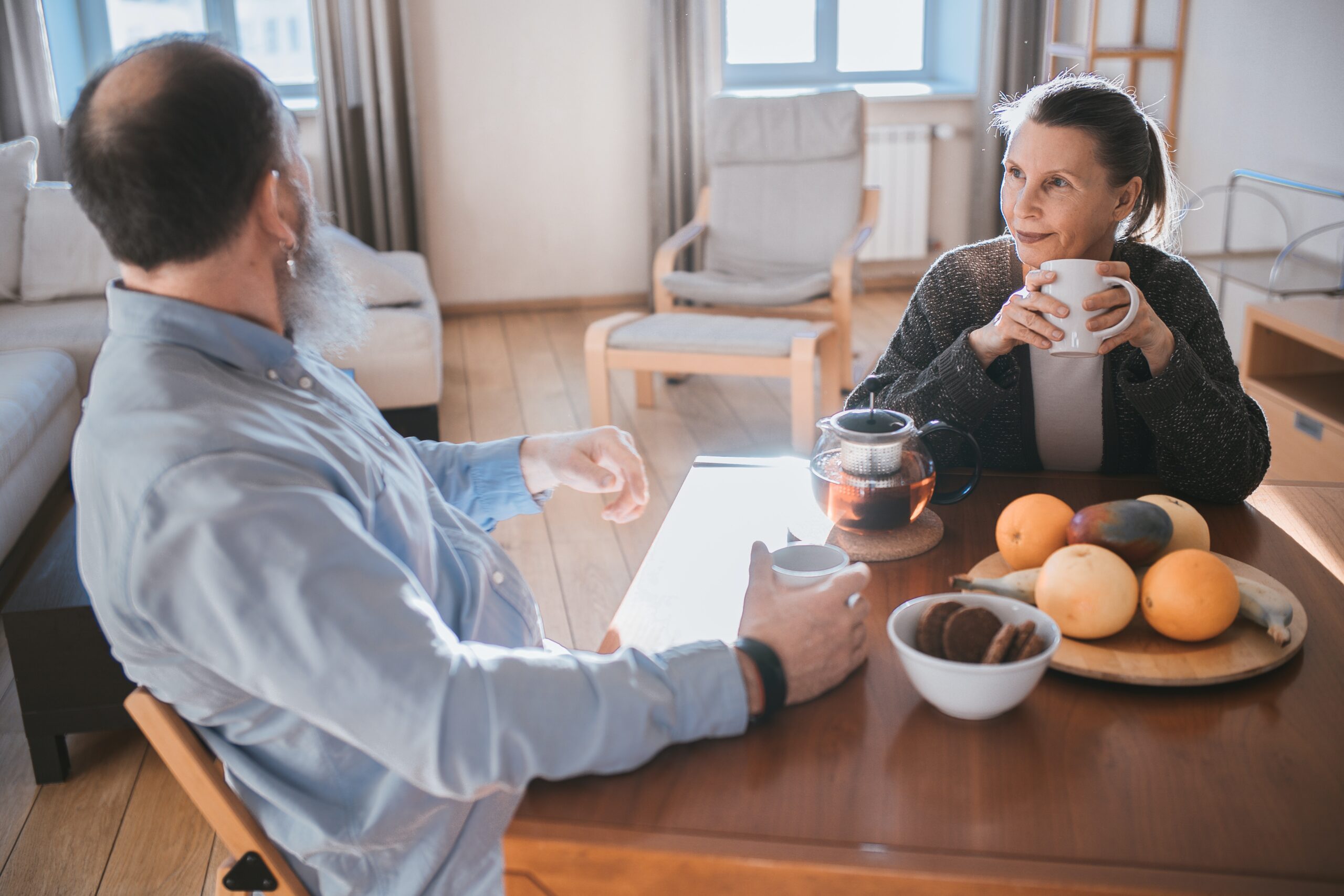
Ensuring safety and good health should always take top priority when it comes to our loved ones. Learning how to spot and eliminate home hazards for senior citizens is a great place to start.
Many homes are filled with love, happiness, and great memories. Unfortunately, many homes also house dangers that could hurt senior citizens and others. Ensuring safety and good health should always take top priority. What follows are some suggestions that could help reduce or eliminate hazards.
Before making any changes, however, first consider the specifics of the home, and also the desires of the residents or loved ones living in it. When taking steps to improve safety, talking with the residents or loved ones in the home can lead to valuable insights and feedback.
Reducing Slips and Falls
Slips are a serious risk for senior citizens. In fact, reports from the Centers for Disease Control and Prevention show that falls are actually the most common cause of injury and death by injury for individuals 65 and older. Indeed, more than 30,000 elderly people succumb to complications caused by these types of incidents every year.
Why are falls so ubiquitous? Unfortunately, as folks age, their motor skills and balance often decline. Tasks that were relatively simple for a person twenty years ago—say climbing a flight of stairs—may present a bigger challenge today. That’s why it is important to understand prevalent fall hazards and how to mitigate them.
Unsecured Rugs and Mats
If a rug isn’t properly secured, it could slip out from under someone’s feet. The same is true for welcome mats and similar floor coverings. Further, if rugs get bunched or develop ridges, that could cause someone to trip. It’s often best to do away with rugs entirely, but if you decide to keep them, consider applying two-way tape to secure them, and to help them lie flat.
Power Cords
It’s important to keep power cords organized and out from under feet. Cords that cross over walkways create tripping hazards. Further, if people step on power cords, they may damage them, which could lead to a hazardous situation in the future.
Making Bathrooms Safe and Sound
The bathroom is one of the most common sources of at-home hazards. Water generally makes surfaces more slippery, which increases the risk of someone taking a tumble. This means showers and bathtubs are especially dangerous.
You might try to place a mat at the base of your shower. However, if this shower mat is not properly secured, it could increase the risk of someone falling. If you’re refurbishing a bathroom, consider buying showers and tubs that feature surfaces that afford a lot of traction. Also, look into installing grab bars and railings.
Make sure that the hot water doesn’t get too hot and that the knobs are easy to operate. If the hot water controls are sensitive, and the water temperature oscillates too quickly between hot and cold, it could cause an injury or accident.
A Well-Lit Home is a Safer Home
Walking around in the dark can be difficult for anyone, but it is particularly challenging for older adults. Someone might trip over items that have been left on the floor, like shoes or low-level furniture, like ottomans. In the dark, seniors might easily step on something sharp, or stub their toe. Making sure a home or residence is well lit is the best way to avoid these types of dangers.
Make sure that hallways, stairs, and basically every part of the house is well lit, or can easily be illuminated with the flick of a switch. Check light bulbs regularly to ensure that they’re working. Also consider nightlights, especially in bathrooms and bedrooms.
Reduce Fire Risks and Ensure Smoke & Carbon Monoxide Detectors Work
Fortunately, fires and deaths caused by fires are far less common now compared to the past. They are still a serious risk, however, especially for the elderly. You’ll want to take steps to reduce fire hazards, including:
- Ensuring that cooking appliances, like stoves, ovens, and toasters, are clean and in good working order.
- Avoiding the use of electronics with damaged cords, or plugging too many devices into one socket.
- Avoiding the use of space heaters.
- Making sure that no one smokes inside—and especially that no one ever smokes in bed.
Also, talk with residents or loved ones about the best available escape routes, should a fire break out. Further, place easy-to-use fire extinguishers in the bedroom, kitchen, and wherever a home fire could conceivably start, such as in the vicinity of large appliances.
Finally, regularly ensure that smoke and carbon monoxide detectors are working. Working detectors save lives while non-functioning units may create a false sense of security. One recommended habit is to change the batteries once a year, and, further, on the same day every year—like New Year’s Day.
Talk With Your Family
If you turn your attention to most or all of the above safety concerns—and remedies— you’ll be increasing safety and reducing the risk of someone getting hurt. As a general rule, it’s always best to talk with residents or loved ones first and see if they have any specific concerns.
Everyone’s needs are unique, and sometimes it is difficult to know where to start conversations about enhancing the quality of life of residents or loved ones. AgeWell Cincinnati was founded in order to help with navigating these types of problems, and it has become known as the best, first step when it comes to finding specialized solutions in your community. Whether it’s navigating the paperwork surrounding medical services and care; finding reliable transportation; or simply building healthy, active lifestyles—our team is here to help. Visit our website to learn more, or give us a call at 513-766-3333. We’d love to connect with you.
